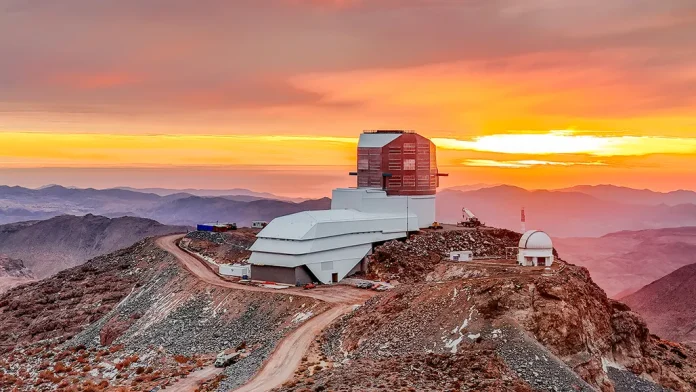On a mountaintop in northern Chile, the world’s largest digital camera is preparing to begin its mission to capture the night sky in extraordinary detail, aiming to unveil some of the universe’s deepest mysteries. This ambitious project is housed within the Vera C. Rubin Observatory, a state-of-the-art telescope nearing completion on Cerro Pachón, which stands at an elevation of 2,682 meters (8,800 feet) and is located about 300 miles (482 kilometers) north of Santiago, Chile. The camera boasts an impressive resolution of 3,200 megapixels, equivalent to the combined pixel count of roughly 300 smartphones. Each image taken by this groundbreaking camera will encompass an area of the sky equivalent to that of 40 full moons. The observatory will conduct a comprehensive survey of the visible sky every three nights, producing thousands of images that will allow astronomers to detect anything that moves or varies in brightness. The expectation is that the Vera Rubin Observatory will unveil approximately 17 billion stars and 20 billion galaxies previously unseen, marking just the beginning of its explorative journey.
Clare Higgs, the observatory’s astronomy outreach specialist, emphasizes the scope of the project, stating, “There’s so much that Rubin will do. We’re exploring the sky in a way that we haven’t before, giving us the ability to answer questions we haven’t even thought to ask.” Over the course of the next decade, the telescope is expected to capture 1,000 images each night. Higgs notes the exciting potential of the discoveries to come, suggesting that in ten years, discussions within the scientific community will revolve around new fields of study and novel classes of celestial objects. The observatory, named after pioneering American astronomer Vera Rubin, who passed away in 2016 and was instrumental in confirming the existence of dark matter, has been under construction since 2015. The initiative was initially funded through private donations, including contributions from high-profile figures such as Bill Gates and Charles Simonyi. The project later received backing from the U.S. Department of Energy’s Office of Science and the National Science Foundation, which now jointly operates it alongside the SLAC National Accelerator Laboratory affiliated with Stanford University.
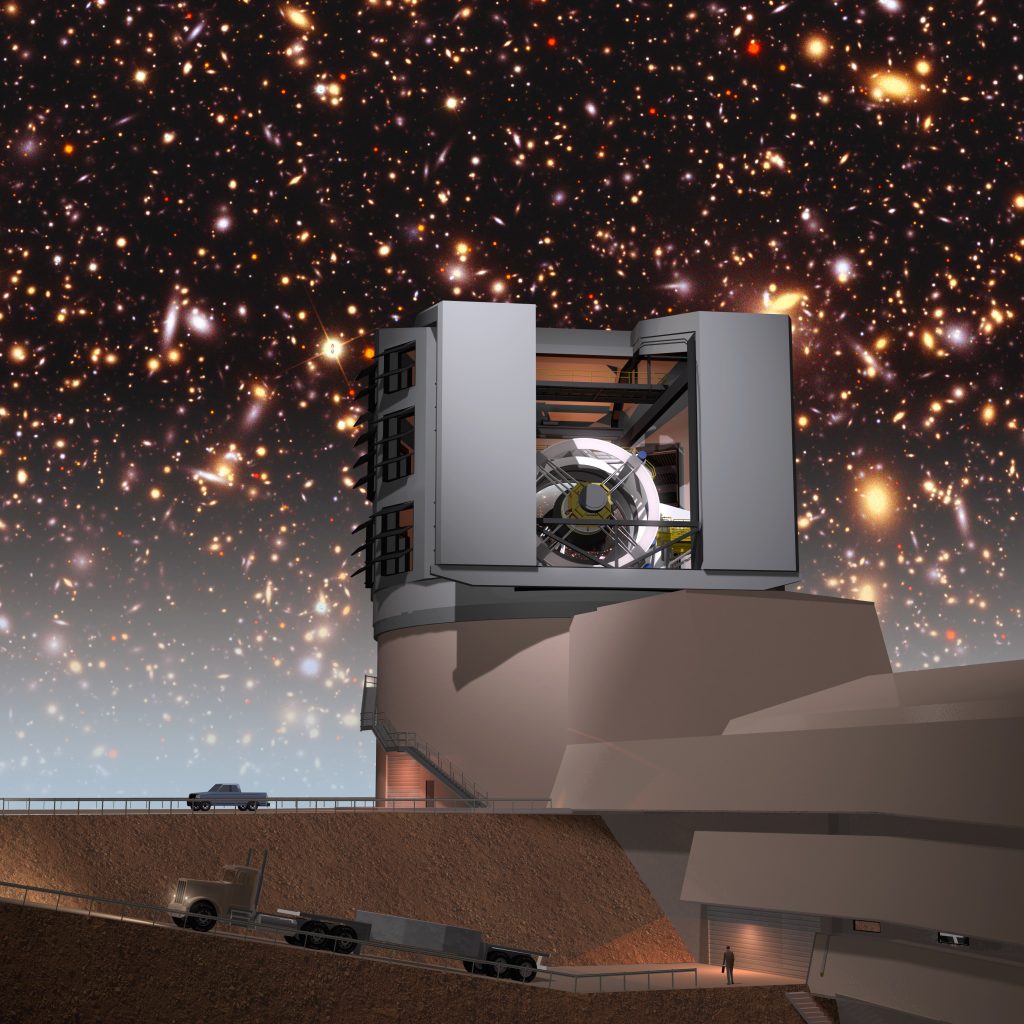
Despite being a U.S. national observatory, the Rubin Observatory is strategically located in the Chilean Andes, which is home to several other telescopes for several reasons. Higgs explains that optical telescopes require locations that are high, dark, and dry to minimize the interference of light pollution and atmospheric moisture, which can hinder instrument sensitivity. “You want a very still and well understood atmosphere, and the quality of the night sky in Chile is exceptional, which is why there are so many telescopes here,” she adds. The observatory has made significant strides and is currently in its final construction stages, anticipating a switch-on in 2025. Assembling all the components on the mountaintop is a crucial milestone reached over the summer, and efforts are focused on ensuring everything is aligned and optimized. Higgs explains that there has been extensive preparation over decades, but the true functionality of the telescope will only be revealed when it is powered on.
The Vera Rubin Observatory’s primary mission, known as the Legacy Survey of Space and Time (LSST), involves a decade-long survey in which the southern sky will be examined every night. “We look at the southern sky every night, and we repeat that every three nights. So we basically create a movie of the southern sky for a decade,” Higgs describes. The camera is capable of capturing a photograph every 30 seconds, resulting in a staggering 20 terabytes of data generated daily. This immense volume of data is comparable to the amount produced by an average person watching Netflix for three years or listening to Spotify for 50 years. Ultimately, the completed survey is expected to yield over 60 million gigabytes of raw data.
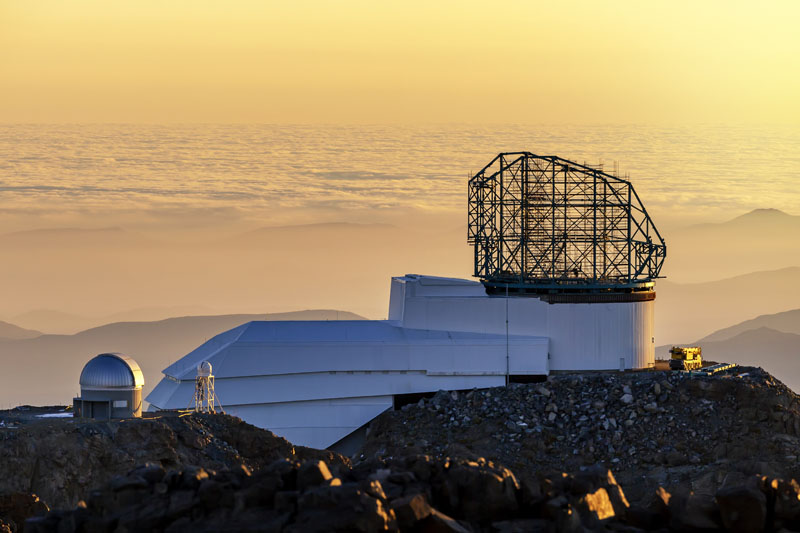
Once the data is collected, it will take approximately 60 seconds to transfer each image from Chile to California, where it will be analyzed using artificial intelligence and algorithms to identify any changes or moving objects in the night sky, generating alerts for anything of interest. Higgs anticipates around 10 million alerts per night, encompassing a wide range of scientific inquiries, from solar system objects to supernovae and more. The data will be made available to a select group of astronomers each year, followed by public release two years later for the broader scientific community to explore.
The observatory’s data is expected to span four primary areas of research: inventorying the solar system, which may lead to the discovery of new celestial bodies, including the elusive Planet Nine; mapping the entire Milky Way galaxy; investigating a unique category of objects termed “transients,” which are characterized by changing positions or brightness; and delving into the nature of dark matter itself. Higgs expresses excitement about the potential impact of these discoveries, stating, “There are probably 10 different fields of science where I can tell you that Rubin is going to do great.” For example, she predicts that the observatory may identify more Type Ia supernovae in just a couple of months than have ever been documented before. The number of interstellar objects detected, currently limited to two candidates, is expected to increase significantly as a result of the telescope’s observations.
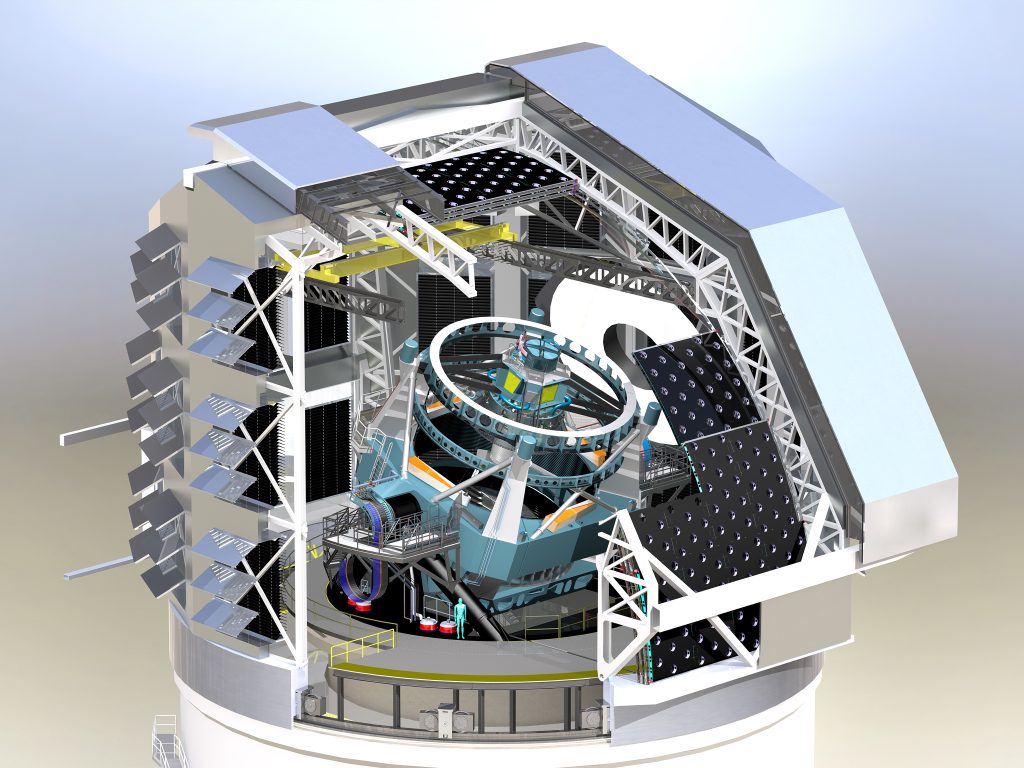
The astronomical community is buzzing with anticipation regarding the Vera Rubin Observatory, according to David Kaiser, a professor of physics and the Germeshausen professor of the history of science at the Massachusetts Institute of Technology. Kaiser points out that the telescope will offer unprecedented opportunities to address longstanding questions concerning dark matter and dark energy—two of the most perplexing elements of the universe. He explains, “The Vera Rubin Observatory will enable astronomers to map the distribution of dark matter like never before, based on how dark matter bends the path of ordinary starlight—a process known as ‘gravitational lensing.’” Despite dark matter’s ubiquity throughout the universe, quantifying its clumping or clustering over large areas of the night sky remains a challenge. The comprehensive data gathered by the Vera Rubin Observatory could ultimately assist astrophysicists in determining the characteristics of dark matter.
Another significant cosmic mystery that the observatory could help solve is the search for Planet Nine. Konstantin Batygin, a professor of planetary science at the California Institute of Technology and a prominent researcher on the topic, notes that the telescope not only provides a genuine chance to detect Planet Nine directly but also offers invaluable data that could validate or refute the hypothesis regarding the planet’s existence through detailed mapping of the outer solar system’s dynamical structure. Overall, he asserts that the Vera Rubin Observatory is poised to revolutionize our understanding of the outer solar system and may become a “game-changer” in astronomical research.
Many in the astronomical community share the excitement surrounding the Rubin Observatory, including Kate Pattle, a lecturer in the Department of Physics and Astronomy at University College London. She highlights that the telescope will cover space on varying scales, from monitoring near-Earth asteroids to mapping the distribution of dark matter throughout the universe. The observatory’s ability to revisit the same parts of the sky repeatedly allows it to excel in studying astronomical transients—observing variable stars, monitoring the decay of supernova remnants, tracking high-energy gamma-ray bursts, and examining the variability of quasars, which are distant, active galaxies. This capability will provide profound insights into how the universe and its stellar and galactic inhabitants evolve.
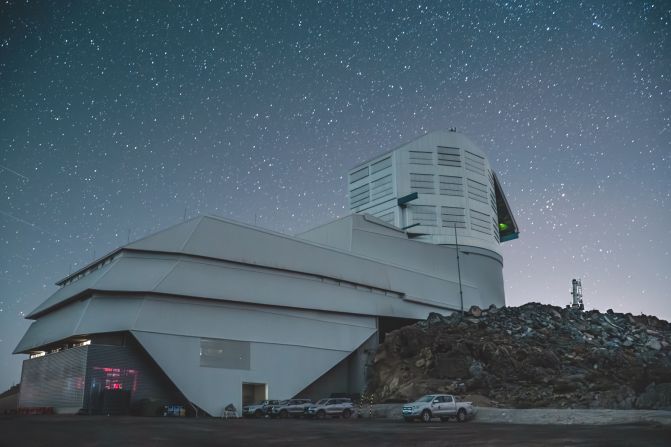
Priyamvada Natarajan, a professor of astronomy and physics at Yale University, reiterates the excitement surrounding the Rubin Observatory, suggesting that it could set records in numerous areas. The survey will produce data for various scientific projects, addressing fundamental questions across a spectrum of cosmic phenomena, from the near universe to the farthest reaches. Natarajan believes the project will yield an unparalleled catalog of near-Earth asteroids and Kuiper Belt objects. Ultimately, she expresses that if the telescope reveals the true nature of dark matter, it would be a remarkable achievement that would undoubtedly please Vera Rubin, given her groundbreaking contributions to the detection of dark matter in the 1970s. She concludes with a sense of optimism, stating, “The prospects are tantalizing—revolutions are afoot for sure.”

